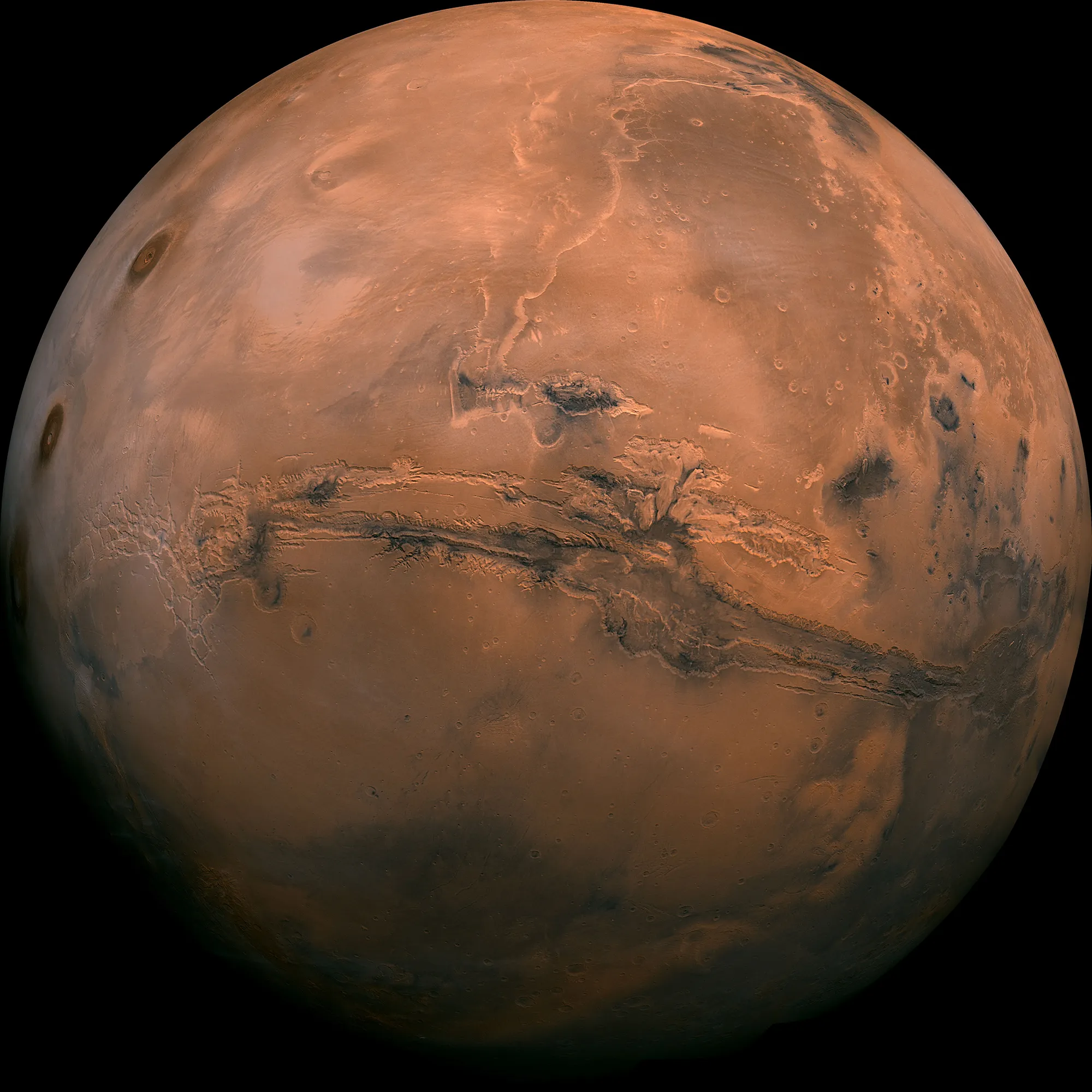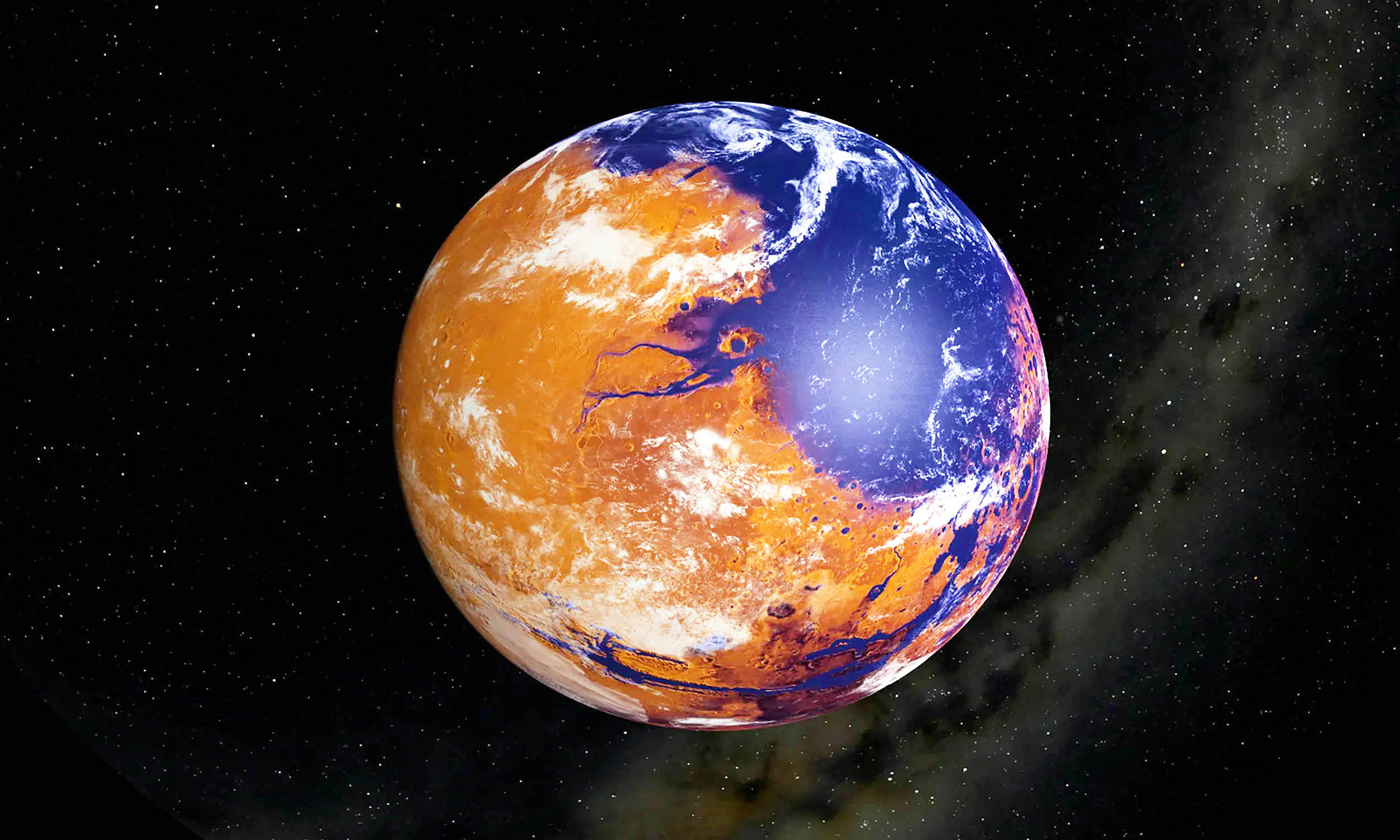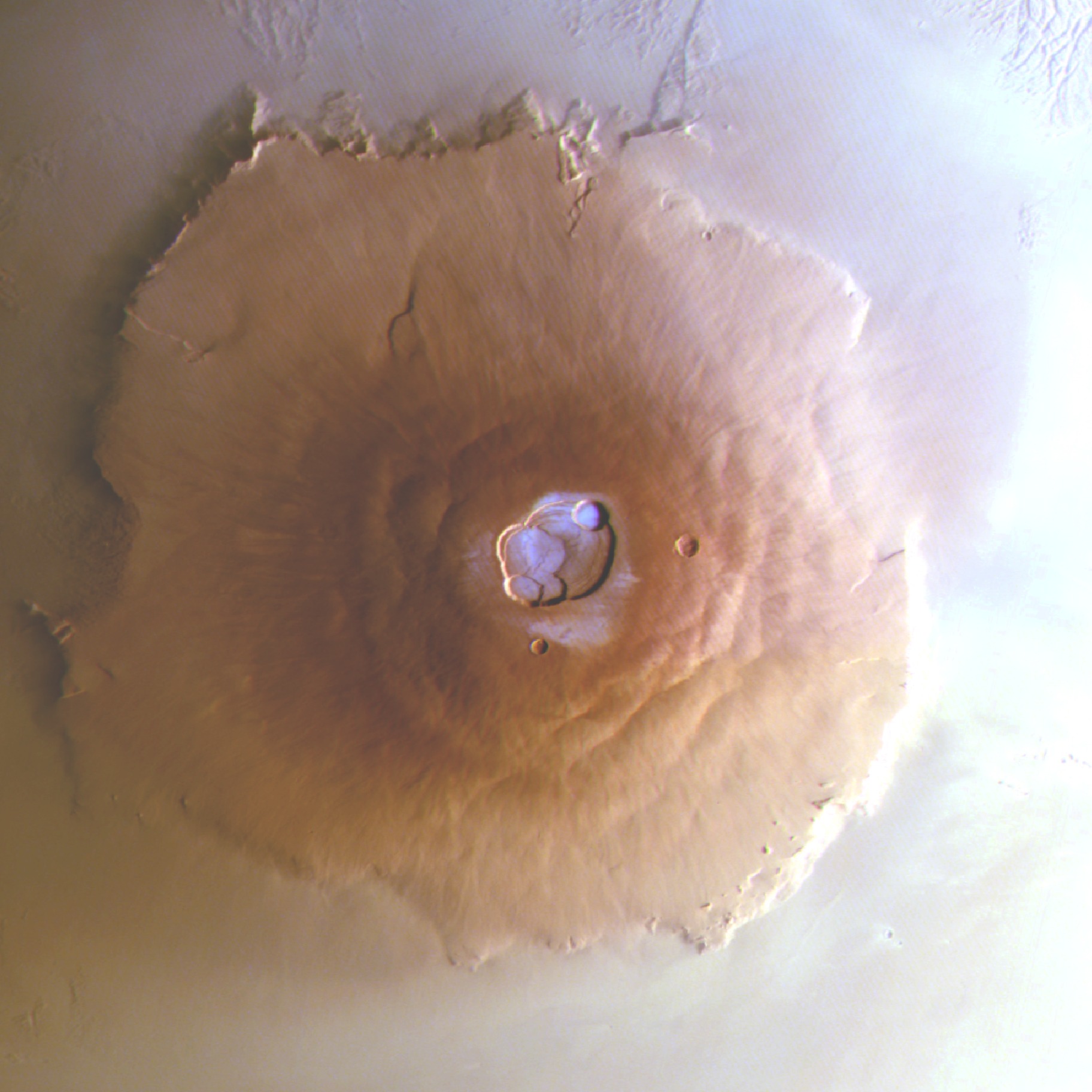
Anew study said the streaks aren’t caused by water. Instead, the study suggests, the streaks are due to wind and dust.

Evidence is mounting that a secret lies beneath the dusty red plains of Mars, one that could redefine our view of the Red Planet: a vast reservoir of liquid water, locked deep in the crust.

The distribution of valley heads on Mars matches predictions for a climate that includes precipitation rather than just runoff from melting ice caps.

Data from Chinese Zhurong rover provide an unprecedented look into rocks buried near a proposed shoreline billions of years old. The researchers claim to have found beach deposits from an ancient Martian ocean.

We know that lakes existed on Mars’ surface billions of years ago. But scientists have debated whether the lakes were open to the air or covered by a layer of ice.

The research suggests that the thick crust of Mars' southern highlands formed billions of years ago generated granitic magmas and sustained vast underground aquifers.

The history of water on early Mars is not certain. Determining when water first appeared, where and for how long, are all burning questions that drive Mars exploration.

According to a new analysis of the Lafayette Meteorite, minerals within it formed in the presence of water 742 million years ago. It's a real breakthrough in the dating of aqueous minerals on Mars.

A Chinese rover has brought forth evidence that hints at the likelihood of a massive ocean, covering almost a third of the Red Planet, that existed billions of years ago.

New data about the Martian crust gathered by NASA's InSight lander allowed geophysicists to estimate that the amount of groundwater could cover the entire planet to a depth of between 1 and 2 km.

Morning images show frost briefly coating at least four colossal volcanoes: Olympus Mons, Arsia Mons, Ascraeus Mons, and Ceraunius Tholus.

If life ever existed on Mars, the Perseverance rover’s verification of lake sediments at the base of the Jezero crater reinforces the hope that traces might be found in the crater.

ESA's Mars Express has revisited one of Mars's most mysterious features to clarify its composition. Its findings suggest layers of water ice stretching several kilometers below ground—the most water ever found in this part of the planet.

New observations of mud cracks made by NASA's Curiosity rover show that high-frequency, wet-dry cycling occurred in early Martian surface environments.

French researchers suggesting that the tallest volcano in Solar System, Olympus Mons on Mars was once a volcanic island, surrounded by a deep sea.